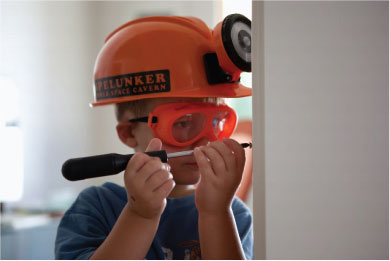The working force spends an average of 40 hours a week in the work place. For many people, that is just the minimum amount of time they allocate for work. The so-called work-life balance is a common struggle of the working force, and oftentimes the physical and mental health is compromised. Health takes a backseat in the list of priorities, but stirs panic when it disrupts productivity and mobility.
Various studies on corporate health reveal shocking results that link poor health to lapse of judgment in the workplace and consequently, deteriorating performance and productivity. For instance, a loss of $2,280 per worker can be incurred when the said worker suffers from over fatigue. An increase in work hours does not necessarily translate to increased productivity. In fact, sleepiness accounts for 12% of the reason people are tardy in the work place.
Australia has been highly ranked by the Organisation for Economic and Co-operation and Development as one of the best countries to live in, based on “high levels of income, employment, education and sense of community”. Yet, based on the records preceding paragraph, it is only apt that the Australian government established Safe Work Australia in 2009 to set and implement guidelines that improve corporate health and safety in the workplace.
Safe Work Australia, in its Code of Practice, has designed guidelines to help management create an efficient system and design of First Aid administration, depending on the specific needs of a workplace. In Regulation 42, it is stated that an entity must consider “the nature of work being carried out in the workplace; the nature of hazards at the workplace; the size, location and nature of the workplace; and the number and composition of the workers at the workplace” when determining the requirements for First Aid in the workplace. It is highly encouraged to look back at records of incidents relating to health and hazard.
The Australian government has ensured that these guidelines go beyond the provision for basic First Aid facilities. It is stipulated in 3.1 of Safe Work Australia’s guidelines that additional eye pads should be provided in places where welding, splashing of infectious materials, and use of chemical liquids in open containers are conducted. Furthermore, a First Aid room is recommended for “low risk places with 200 workers or more and high risk work places with 100 workers or more”. The training of First Aiders is also stipulated in its Code of Practice. The selection of trained First Aiders is dependent on factors like working shifts, and the increase or decrease of workers.
The systemization of First Aid administration has prompted companies like Injury Treatment to provide consultation services to various businesses in designing occupational health and First Aid systems. Companies like Injury Treatment emphasize on efficient reporting of hazards and illnesses in the workplace so that the earliest possible intervention can prevent the worsening of any condition that threatens employees’ health and consequently, workplace productivity.
The Australian government has already laid out basic but very comprehensive guidelines on implementing effective First Aid administration.
Corporate health should be a basic concern of anyone who belongs to the working force. By designing efficient and systematized First Aid procedures, the organization can mitigate unprecedented work-related hazards and ensure the continuity of work flow.
Author Bio: Cristina Beltran – blogger and writer at 21stcenturynews.com.au.
